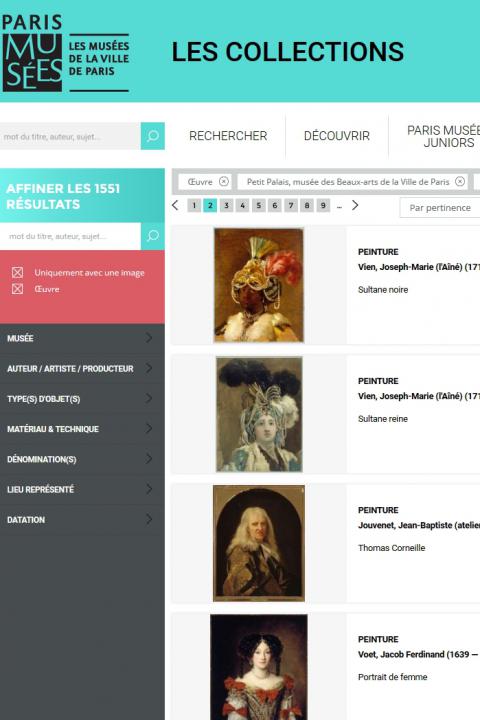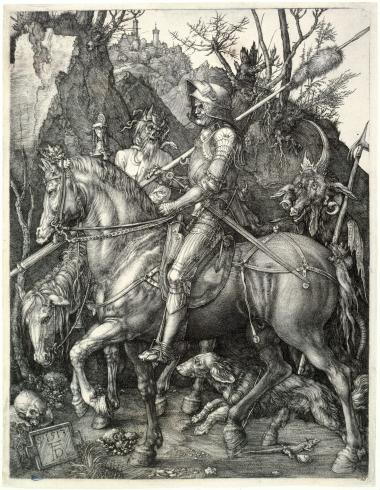Dürer was a painter, drawer, art theoretician and a wood and copper engraver, and one of the greatest creative talents in Western Art.
Born in Nuremberg in 1471, the young Albrecht joined his father’s studio, who was a goldsmith of Hungarian origin, when he was around twelve years of age. After an apprenticeship with a local painter, the young man completed his journeyman tour, the different stages of which were in Colmar – where he unfortunately arrived after the death of Schongauer —, Basel and Strasbourg. Wishing to add the influence of the Italian Renaissance to the Germano-Flemish tradition of his training, Dürer travelled on two occasions to Italy, in 1495-1496 and 1505-1507.
As a disciple of the Cinquecento artists, he studied and applied the rules which governed the bodily proportions of humans and horses, as well as a scientific approach to the use of perspective.
Apart from a journey to the Netherlands in 1520-1521, Dürer lived and worked in Nuremberg – the centre of Germanic humanism – where his work and creations were intense and numerous.
In this engraving a proud knight in armour is riding though a wild countryside landscape, accompanied by his faithful dog. The purpose of his journey is to reach the fortified castle in the distance but two apparitions seem to want to turn him away from it: Death, sitting on an emaciated nag and brandishing the hourglass of Time is attempting to block his path, while the Devil with a pig’s snout and armed with a pike attempts to grasp the knight from behind. Despite the fact the superb charger is snorting, the warrior seems not to see these two hideous monsters – or he is deliberately ignoring them.
The striking beauty of this work and the pervading melancholy engendered a lasting fascination with it and a wide range of interpretations. These fall into two categories which both have an equal number of supporters. According to the first school of thought, Dürer has depicted a brigand like the famous Philippe Rinck, who embodies the infernal horseman and is both a victim and accomplice of Death and the Devil who are preparing to drag him onto their accursed path.
According to the second tradition, Dürer’s heroic horseman is an image of the Christian knight, victorious over of his two traditional enemies, Death and the Devil.
It seems that the noble couple of man and horse – which has been skilfully constructed in accordance with classic models – conveys the idea of an invincible forward march, prevailing over the gloomy phantasmagoria of Oblivion and Evil.
S. R. de B.

City of Paris municipal collection's website
The collections portal can be used to search the collections of Paris’s 14 municipal museums (approximately 336,000 works, including 43,000 belonging to the Petit Palais).
It is also possible to download around 12,000 images of the museum’s works free of charge.
Access the Museums of the City of Paris collections portal
Extern databases
Discover a selection of databases online presenting works from the Petit Palais or documents concerning the history of the museum.

